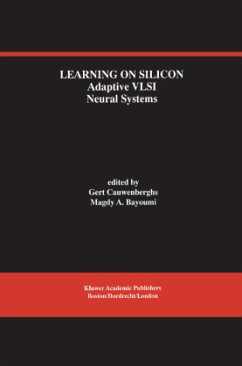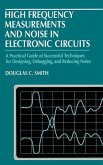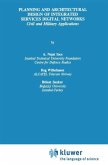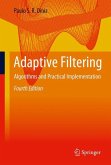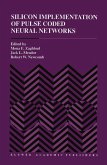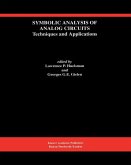Learning on Silicon combines models of adaptive information processing in the brain with advances in microelectronics technology and circuit design. The premise is to construct integrated systems not only loaded with sufficient computational power to handle demanding signal processing tasks in sensory perception and pattern recognition, but also capable of operating autonomously and robustly in unpredictable environments through mechanisms of adaptation and learning.
This edited volume covers the spectrum of Learning on Silicon in five parts: adaptive sensory systems, neuromorphic learning, learning architectures, learning dynamics, and learning systems. The 18 chapters are documented with examples of fabricated systems, experimental results from silicon, and integrated applications ranging from adaptive optics to biomedical instrumentation.
As the first comprehensive treatment on the subject, Learning on Silicon serves as a reference for beginners and experienced researchers alike. It provides excellent material for an advanced course, and a source of inspiration for continued research towards building intelligent adaptive machines.
Hinweis: Dieser Artikel kann nur an eine deutsche Lieferadresse ausgeliefert werden.
This edited volume covers the spectrum of Learning on Silicon in five parts: adaptive sensory systems, neuromorphic learning, learning architectures, learning dynamics, and learning systems. The 18 chapters are documented with examples of fabricated systems, experimental results from silicon, and integrated applications ranging from adaptive optics to biomedical instrumentation.
As the first comprehensive treatment on the subject, Learning on Silicon serves as a reference for beginners and experienced researchers alike. It provides excellent material for an advanced course, and a source of inspiration for continued research towards building intelligent adaptive machines.
Hinweis: Dieser Artikel kann nur an eine deutsche Lieferadresse ausgeliefert werden.
` This is an excellent book which takes the reader from the physical basis of learning on silicon to algorithms and architectures. The contributed chapters are authoritatively written and the material is well organized, strongly recommended to anyone interested in neuromorphic engineering, adaptive hardware systems.'
A.G. Andreou, Johns Hopkins University
A.G. Andreou, Johns Hopkins University
` This is an excellent book which takes the reader from the physical basis of learning on silicon to algorithms and architectures. The contributed chapters are authoritatively written and the material is well organized, strongly recommended to anyone interested in neuromorphic engineering, adaptive hardware systems.'
A.G. Andreou, Johns Hopkins University
A.G. Andreou, Johns Hopkins University

